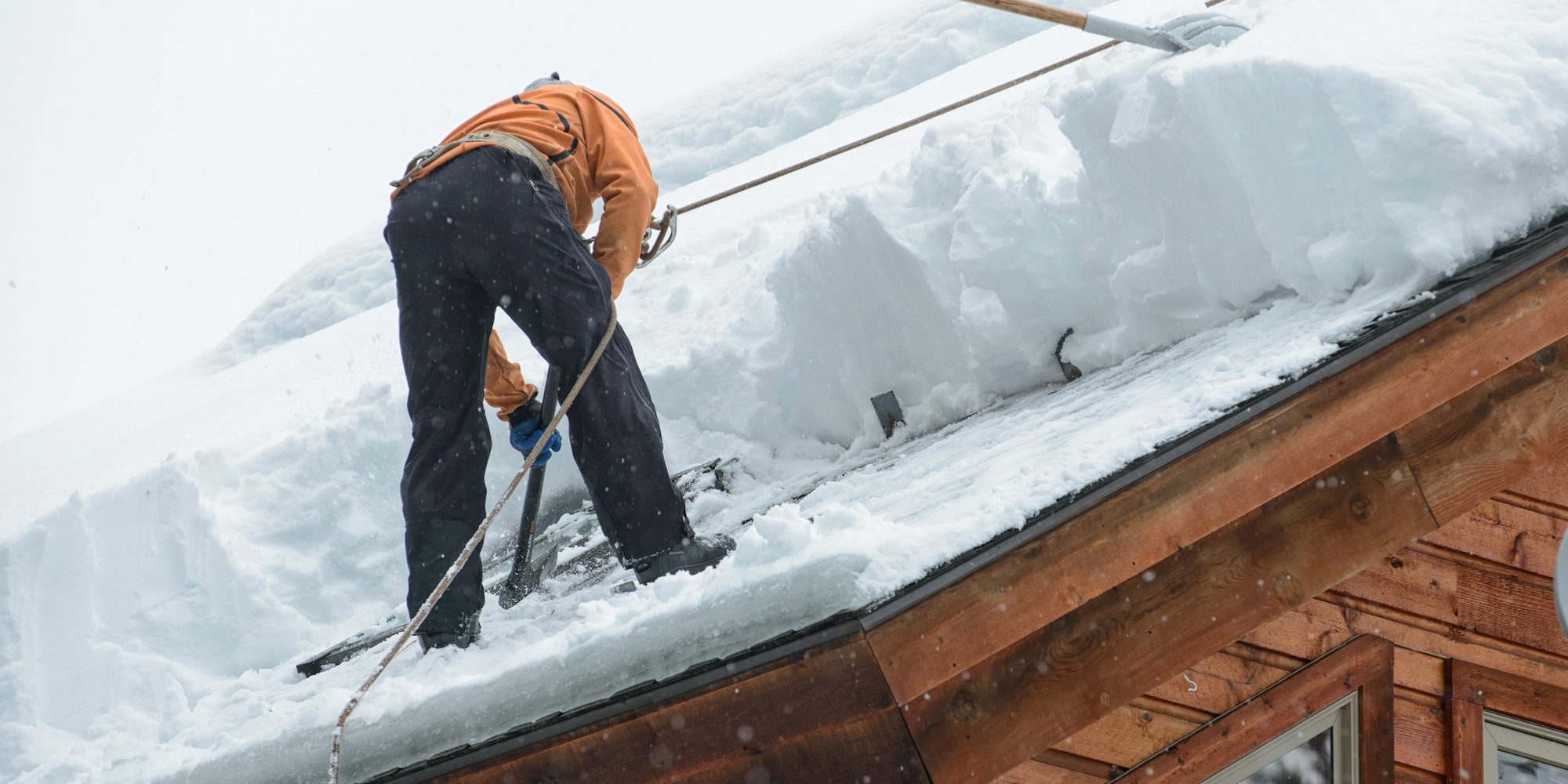As seen on https://www.cosmicpropertyinspections.com/blog
Winter can transform rooftops into picturesque, snow covered landscapes , but beneath that beauty lies a serious threat: ice dams. An ice dam forms when snow on the roof melts, flows down toward the eaves, and refreezes along the colder edge of the roofline. As more meltwater backs up behind the frozen ridge, it can seep under shingles and into attic or ceiling spaces. For home inspectors, recognizing the early signs and underlying causes of ice dams is a critical part of protecting a property from costly water damage.
At Cosmic Property Inspections, roof and attic evaluations are designed to identify the root causes of ice dams before they create long term issues. Here’s what inspectors look for , and what homeowners should know.
1. Uneven Roof Temperatures and Attic Heat Loss
Ice dams often begin with uneven roof surface temperatures. When heat escapes from the living space into the attic, it warms the underside of the roof deck. Snow above that area melts, while the edges of the roof remain cold enough for refreezing. This uneven melting and freezing cycle allows ice to build up at the eaves.
During an inspection, professionals look for signs of heat transfer , such as thin or uneven insulation, gaps around plumbing stacks or chimneys, and unsealed attic hatches. These areas allow warm air to escape and contribute directly to the formation of ice dams.
2. Insulation, Air Sealing, and Ventilation
A balanced attic environment depends on three key elements: proper insulation, effective air sealing, and adequate ventilation. Good insulation keeps warm air in the living space, while air sealing prevents leaks into the attic. Proper ventilation, in turn, ensures that any residual heat is vented out so the roof surface remains cold and consistent.
Inspectors check for missing or compressed insulation, blocked soffit or ridge vents, and unsealed ductwork or light fixtures that may introduce heat into the attic. If ventilation is restricted or insulation is inadequate, the inspector will recommend improvements to help prevent uneven roof temperatures and subsequent ice buildup.
3. Roof Edges, Gutters, and Drainage
Ice dams typically form along roof edges, overhangs, and gutters. Inspectors pay close attention to these areas for signs of previous ice damage, such as lifted shingles, sagging gutters, or water stains along the eaves. They also look for proper installation of drip edges and ice and water shield membranes beneath the roofing materials. Clean, well secured gutters allow melted snow to drain properly and reduce the likelihood of refreezing at the roofline.
4. Early Warning Signs of Ice Damage
Even before a major ice dam forms, there are subtle clues of potential problems. Water stains on attic rafters, damp or discolored insulation, and small ridges of ice along the roofline can all signal that heat loss and refreezing are occurring. Inspectors take note of these indicators and may use moisture meters or thermal imaging to assess the extent of the issue.
5. Professional Recommendations and Prevention
Once the inspection is complete, homeowners receive clear, actionable recommendations. Common solutions include increasing attic insulation to recommended levels, sealing air leaks, ensuring proper ventilation, and keeping gutters clear of debris. In some cases, an inspector may suggest installing additional ice and water shielding or using roof edge heating cables as a preventive measure.
By addressing these issues early, homeowners can prevent water intrusion, wood rot, mold growth, and structural damage, all common results of persistent ice dams.
Protecting Your Home This Winter
Ice dams may look harmless from the outside, but they can cause extensive interior damage if left unchecked. A professional inspection from Cosmic Property Inspections provides peace of mind, helping identify and correct the conditions that lead to ice buildup before problems arise.
With a thorough roof and attic evaluation, you can ensure your home stays dry, durable, and protected throughout the winter season.
–
Proper attic ventilation is more important than many homeowners realize, it’s the system that lets your attic “breathe.” By installing intake vents near the eaves and exhaust vents at the roof’s peak, fresh air flows in while warm, moist air escapes, helping regulate temperature and humidity. Without it, your attic can become a heat trap in summer, pushing your energy bills up and shortening your roof’s lifespan; in cooler months poor airflow can lead to moisture buildup, mold growth, and even ice dam formation. Ensuring your attic has balanced ventilation means better energy efficiency, improved indoor air quality, and a more durable home overall.
For more information on attic ventilation, check out this article.
Written by the staff writing team at HappyWriters.co








